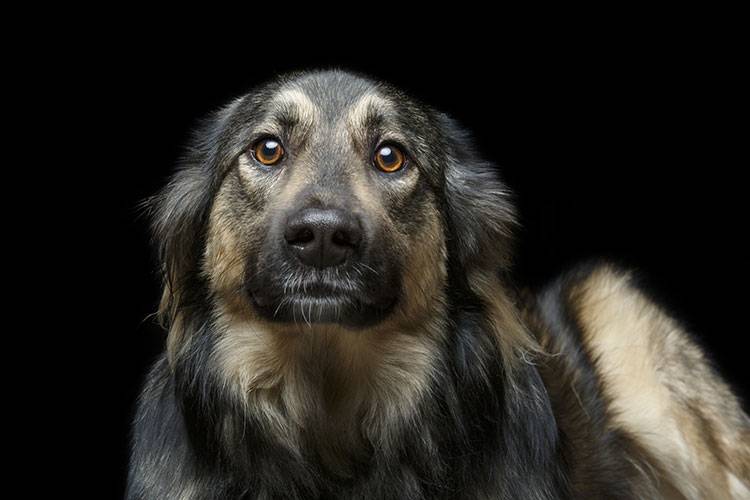There is Help for Separation Anxiety Now
As a professional dog trainer, who works with a veterinary behaviorist, we encounter many desperate cases. Some of the toughest cases we deal with are separation anxiety issues in dogs; it’s such an emotional situation. If your dog is reactive to dogs or humans, you can manage the situation by keeping your dog away from her triggers. But with separation anxiety, you can never leave your home. Now, there’s help for separation anxiety in dogs!
What Does Separation Anxiety Look Like?
Unfortunately, pet owners often misdiagnose separation anxiety because some symptoms resemble normal potty accidents and destruction due to chewing. When a dog with separation anxiety is left alone, she literally has a panic attack.
Panicked dogs will:
- Destroy doorways
- Break out of crates
- Drool excessively (front legs are saturated in saliva)
- Pant heavily
- Defecate
- Urinate
This is completely different from a dog that hasn’t been potty trained or a bored dog. As Dr. Karen L. Overall VMD, PhD, DACVB mentions, “Signs of separation anxiety must occur only when the dog is separated or denied access to the client or clients” (2007, Clinical Behavioral Medicine For Small Animals). As a dog owner, who shares her home with a dog that suffers from separation anxiety, this condition is serious. Many dogs have severely injured themselves.
Certified Separation Anxiety Trainer (CSAT)
Many dog trainers refer out separation anxiety cases because they’re beyond their skill level. They will refer separation anxiety cases to veterinary behaviorists who often have a long waiting list. Until a veterinary behaviorist sees a dog, the dog owner can partner with a Certified Separation Anxiety Trainer (CSAT).
CSAT experts must exceed extremely high standards before entering the program. They complete a rigorous three-month program solely focused on separation anxiety. A major benefit of partnering with CSATs is they offer virtual dog training anywhere! That’s right–regardless of where you live, a CSAT can offer solutions, tips and even work with your dog remotely.
First Step
If your dog has separation anxiety, ask your veterinarian to refer you to a veterinary behaviorist and follow up with a CSAT. I’m looking forward to taking this course over the fall, so maybe we just might meet up. 🙂





